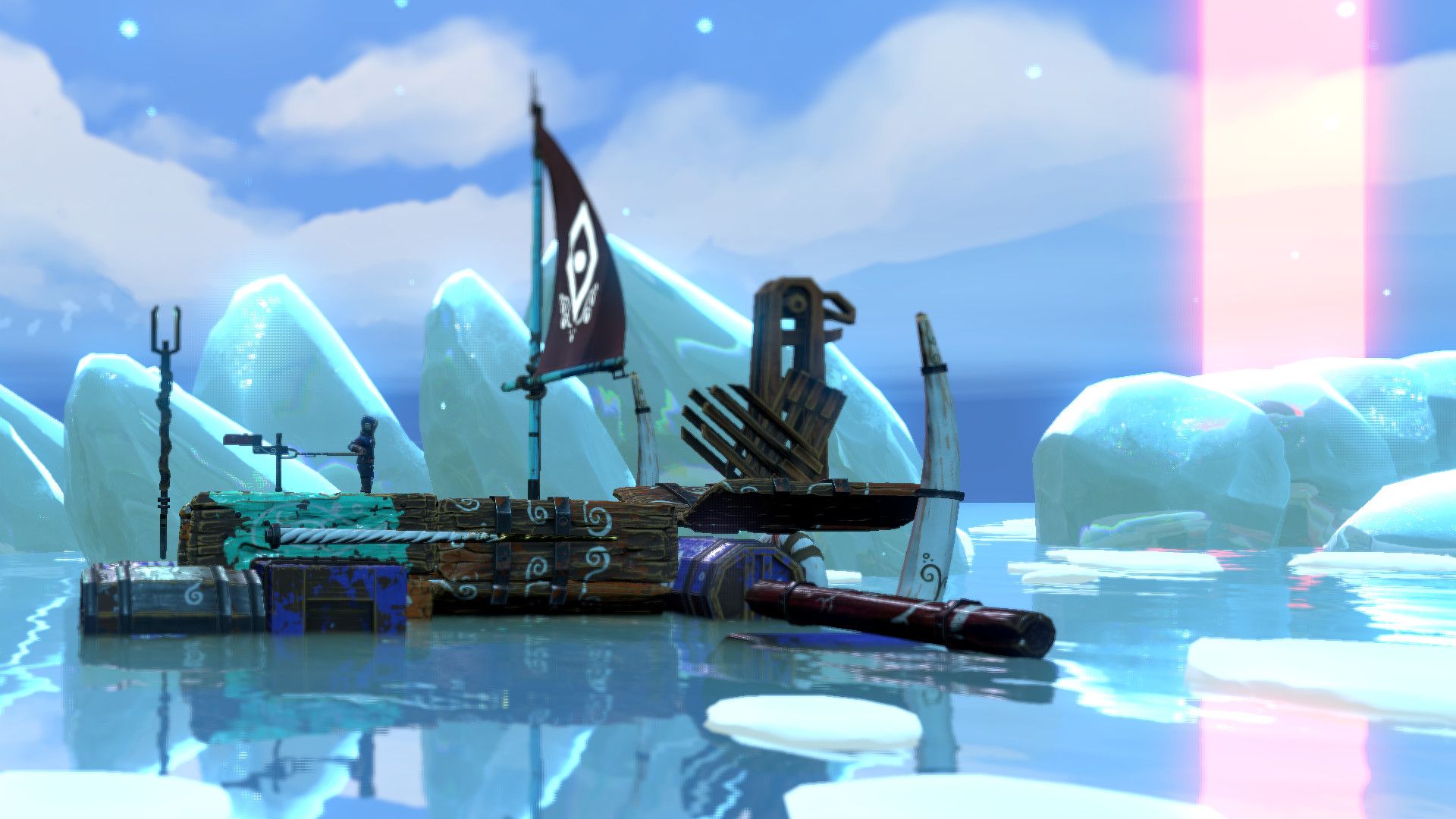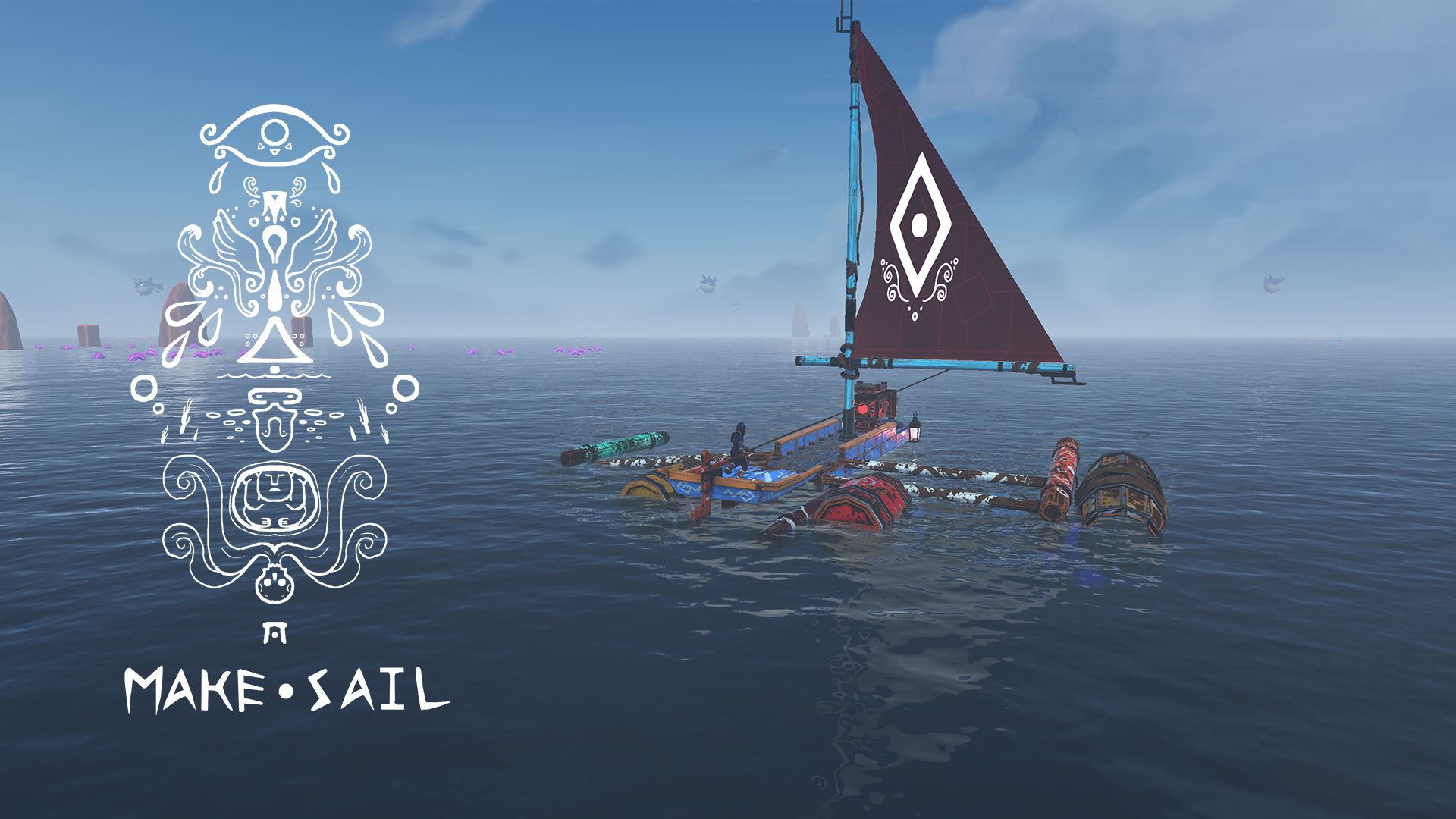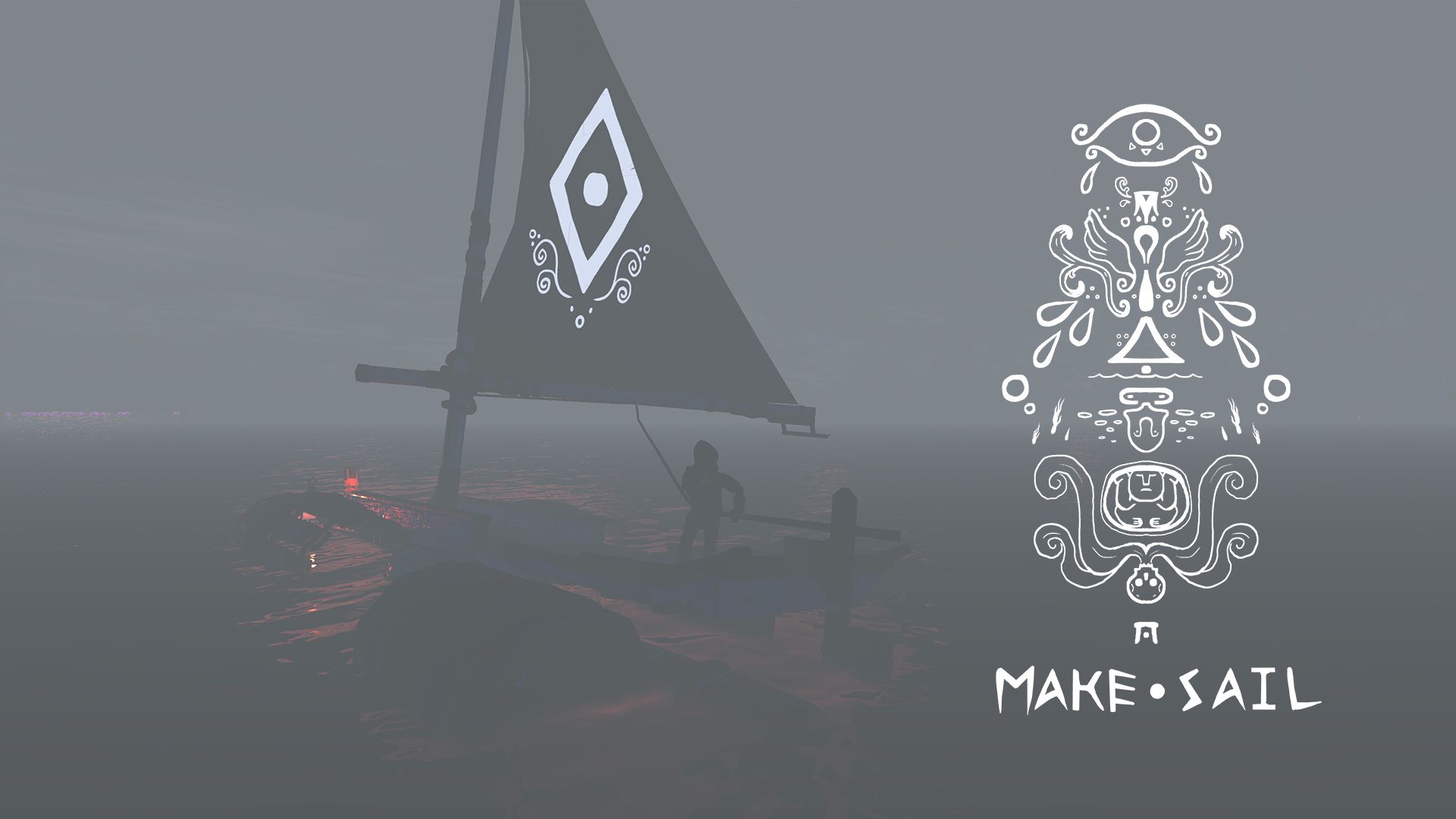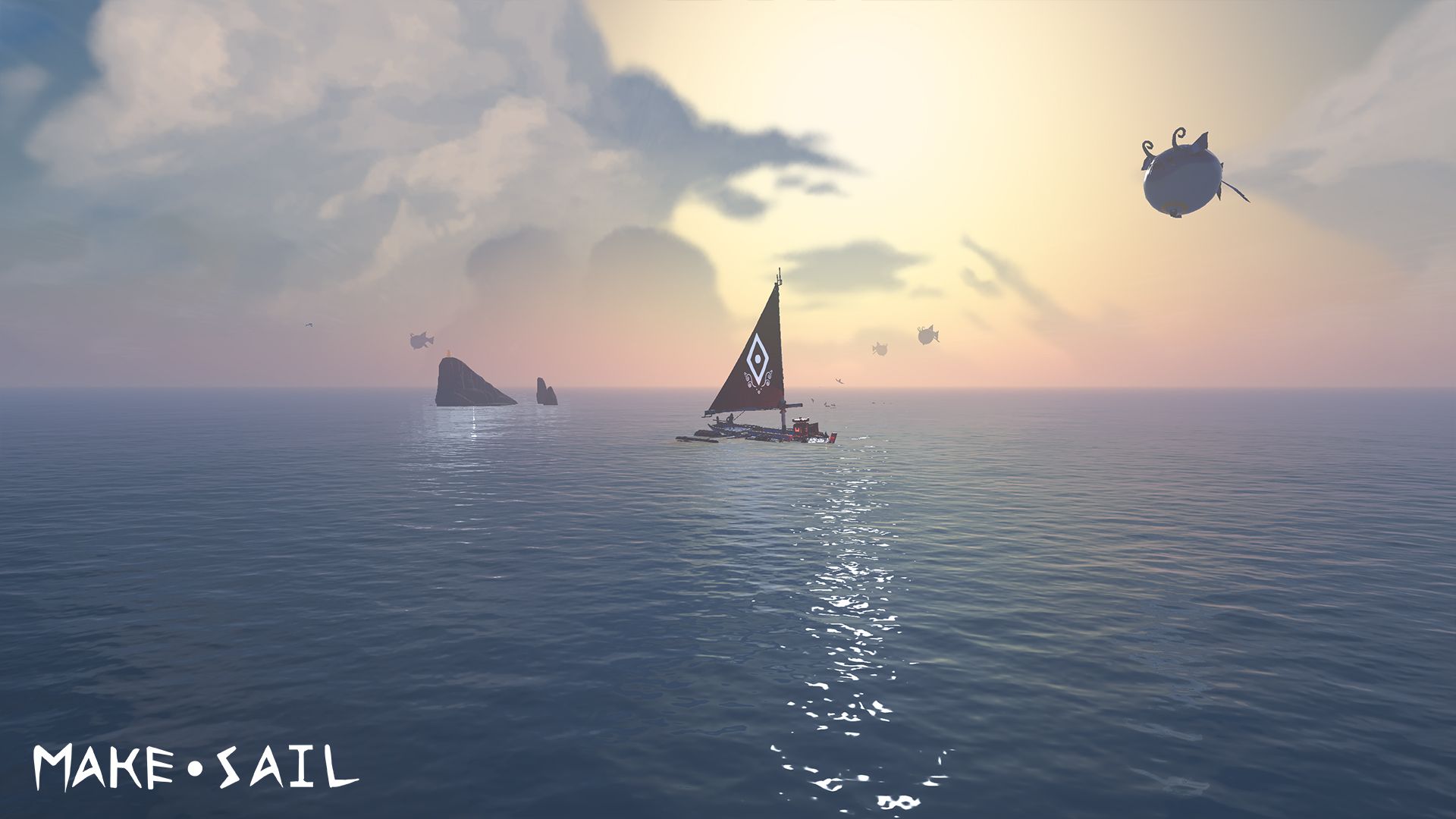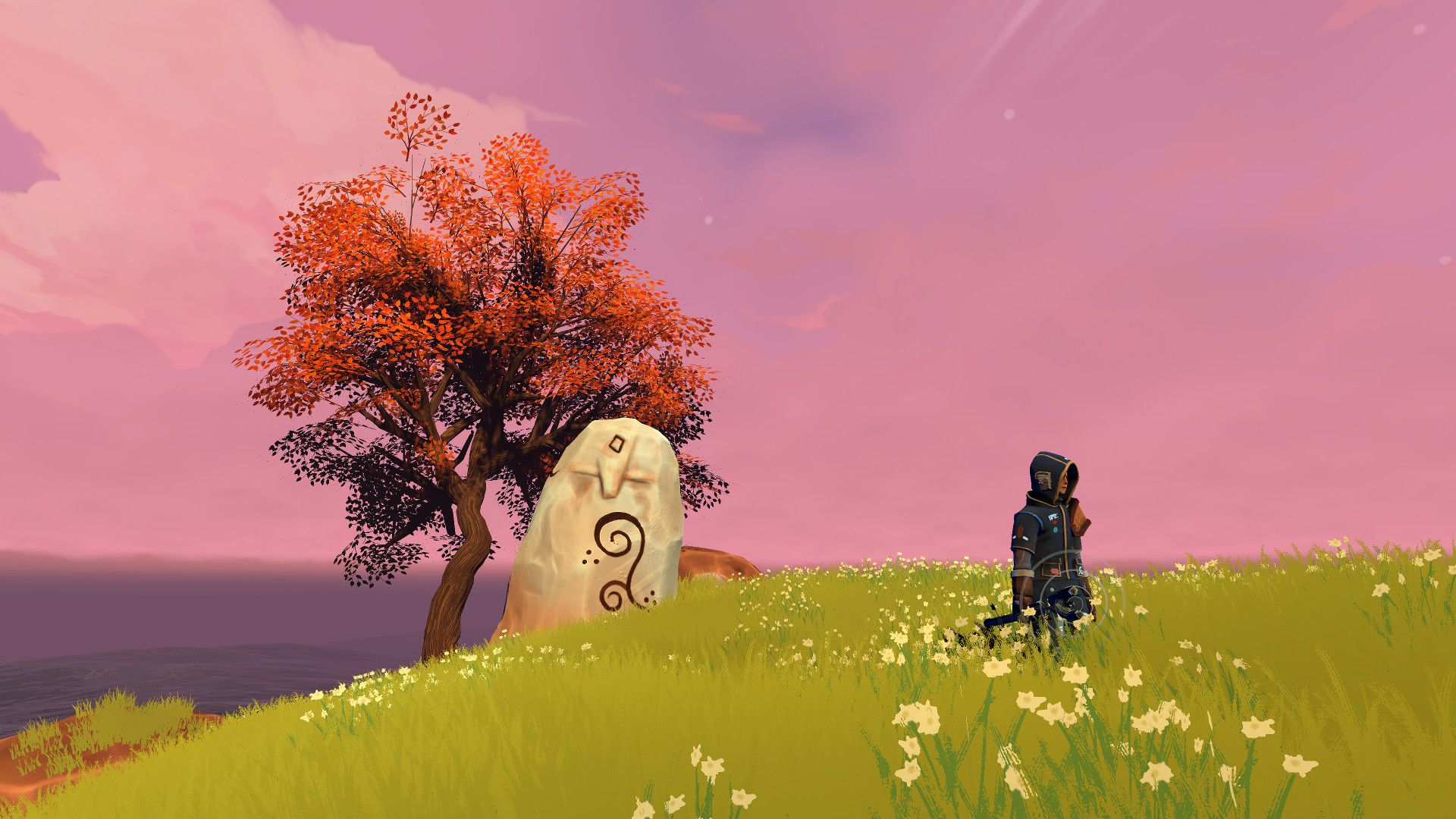I always loved the rush and feeling of adventure I got when I took to the seas and started sailing in the few games that featured it like The Legend of Zelda: The Wind Waker. That being said, the sailing in these games was not very true-to-life, and there have yet to be many titles that truly captures the more realistic feelings of sailing. Enter Make Sail, which features more realistic physics, a detailed boat creator, and a procedurally generated world.
Last year, Popcannibal, creators of Elegy for a Dead World and Girls Like Robots, took to crowdfunding platform Fig and raised $58,990 for Make Sail, and the title is set to hit Early Access on Steam later this year. DualShockers recently got the chance to discuss Make Sail with Ziba Scott from Popcannibal, delving into Make Sail’s different gameplay mechanics, and even asking about the possibility of a console port.
Tomas Franzese: For those who don’t yet know about Make Sail, could you please give a brief overview of the game?
Ziba Scott: Make Sail is about making boats and riding them. It mixes realistic physics with a fantastical setting. Build something beautiful or ridiculous. Then hop from island to island picking up more parts and powers unless the wind rips your mast off or a fish eats you. Then you have to rethink your boat.
Make Sail simulates water buoyancy, drag and lift, as well as wind. Real-world sailing knowledge is not required, but it applies! We're in development and releasing on Steam Early Access this year.
[pullquote][pullquote]For at least 7,000 years sailing has meant escape, adventure, travel, elemental conflict. Books and film can tell us about the experience, but games are uniquely suited to let us interact with it.[/pullquote]
TF: Not too many games feature sailing as heavily as Make Sail. What inspired you to make a game focused on sailing?
ZS: Because it's missing! For at least 7,000 years sailing has meant escape, adventure, travel, elemental conflict. Books and film can tell us about the experience, but games are uniquely suited to let us interact with it. Lots of games are borrowing seafaring aesthetics, but we've got the computing power now to simulate some immersive physical interactions, so let's push further!
My grandfather is a mathematician and hobbyist sailor. He taught me a bit of both. It's hard not to get excited about what sailors and engineers can achieve. Did you know that under the right conditions it's possible to sail faster than the wind?
And then there's the physicality of operating a ship - complexity operated by intuition. Ask a driver who hates automatic: there's something about manually shifting gears that can be a comforting communion between human and machine. Now put yourself on a boat, the wind has shifted, but without thinking you know that all you have to do is turn the rudder just so and pull in on the mainsheet about an arm's length and you'll carry on just fine. You've become an integrated core of a bigger system, moving swiftly wherever you command it.
TF: How do you plan introducing new players to the experience? It seems like there is a lot to take in at first.
ZS: We've got a big range of variables to control difficulty. Make Sail starts off simple: calm winds, no angry sea beasts, a slow, steady boat, a simple square sail. We give the player a bucket of pieces to build with, but we're not going to force them to make anything more complex than they're ready to handle.
Once the player has a feel for working the rudder, they could choose to get fancier. Making their boat narrower reduces drag and increases speed, but makes it more likely to tip over. They could risk a nighttime trip to a hard to reach island guarded by murderous trout or slap on jets and cruise around harvesting energy from sleepy jellyfish.
[pullquote]Make Sail encourages you to be creative, try something real quick, throw it in the water, laugh at yourself (share a gif!) and then quickly iterate on it.[/pullquote]
TF: In Make Sail you are able to completely construct your sailboat from scratch. Could you delve into this system a bit more and explain how hard it was to craft a system that is really detailed but still accessible for new players?
ZS: Creating the building interface has been a tug of war between flexibility and clarity. Technically we could allow players to glue pieces together at any point and angle. But after much testing, the joy of that freedom was counterbalanced by the desire to quickly create something precise and uniform. I'm pretty happy with the snapping system we've got right now. It allows you to rotate any axis 90 degrees and connect at 0.25 meter intervals. It gives you much more flexibility than some popular building games, but still produces tidy creations.
But will they float?!
Each piece in Make Sail is mapped to a real world material density value. So gold, oak and Styrofoam behave as you'd expect when they hit the water. As the player builds, they can see the densities of the individual pieces and the total boat, so they will always know if it floats. Whether it floats upright is another question. Creating an awful boat or one just too awesome for you to control gracefully is a core joy. Make Sail encourages you to be creative, try something real quick, throw it in the water, laugh at yourself (share a gif!) and then quickly iterate on it.
TF: You seem to be employing realistic physics for sailing in Make Sail. How did you replicate these while still keeping the game fun to play? Did you take inspiration for gameplay from titles like The Legend of Zelda: The Wind Waker?
ZS: Games like Zelda, Witcher, and Assassin's Creed love to invoke sailing's adventure and danger, but avoid physical realism whenever it threatens to impact their design. You end up with boats just behaving like wacky cars. We're not making a hardcore simulator, and there are definitely exceptions we made where fun topped realism. But wherever possible, we're using the constraints sailing naturally provides as intentional gameplay limitations.
Wind direction is a prime example. Sailing upwind is possible on a real boat but, requires the player execute a zig-zag maneuver. Wind Waker is brilliant, but it just gave up on that one and let you change the wind direction as you please. Forcing players to zig-zag around half the time would have made Wind Waker's sometimes monotonous sailing slower and required teaching players a sailing lesson in a game that was actually more about dungeon crawling than sailing.
Make Sail takes place inside the eye of a storm. The wind travels in a circle around your starting point. So at the beginning when you don't have the right equipment to sail upwind, you can just complete a trip around the small inner circle. As you progress and widen the eye of the storm, you will have also built up your inventory and learned how to tack upwind. Our sailing focus lets us shape the world to complement the challenges that more physically based sailing presents.
[pullquote]As corny as it may sound, the important story is the one the player can tell after each play session. That's what I'm focused on: putting the player in a position to create dramatic moments as direct results of their choices[/pullquote]
TF: Aside from sailing, Make Sail also lets players get off their sailboat and explore the procedurally generated islands. What specifically do you do in these on-foot segments, and how hard was it to make sure it meshes well with the sailing?
ZS: Loot! Our islands are small, beautiful and covered with treasure. Most islands also have a boat building station and a save point. Islands are where you celebrate your trip, acquire valuables, redesign your boat and set sail for your next adventure.
TF: How prevalent is narrative in Make Sail? Do you have an end goal in mind for players?
ZS: We've been mentally living in Make Sail's world for years now. There's backstory and lore. Some of it will shine through in the ruins and paintings in the world. But as corny as it may sound, the important story is the one the player can tell after each play session. That's what I'm focused on: putting the player in a position to create dramatic moments as direct results of their choices.
TF: Make Sail was successfully funded through a Fig Campaign. How was your experience working with Fig?
ZS: Excellent! Fig helped us prepare and communicate our work to people. Popcannibal's core is only 2 people. Myself, Ziba Scott, on code and Luigi Guatieri on art. We're busy enough making this game that we often forget to share our work. Can't say the money didn't help too!
TF: Make Sail is currently only slated to come to PC later this year. Do you have any plans to bring the title to consoles?
ZS: I'd love to, but it's a question of time and resources. Also, at the beginning, quick iteration and improvements will be important. Almost nothing is easier than Steam for that.
TF: Is there anything else you want players to know before they get their hands on the game?
ZS: We're still taking Slacker Backers! If you're intrigued, checkout our trailer, which teases our amazing original soundtrack by Clark Aboud, and follow our progress on twitter: @popcannibal
You can check out some more awesome new screenshots and GIFs of Make Sail provided by Popcannibal below. Make Sail will be coming to Early Access on PC later this year.

